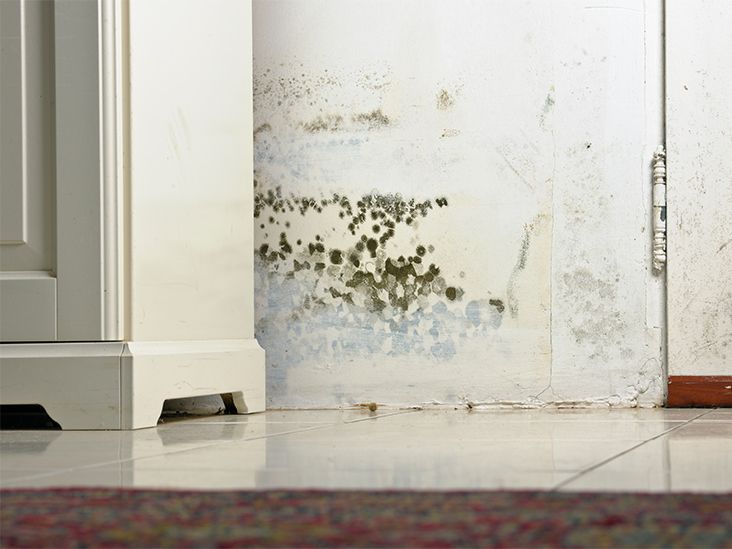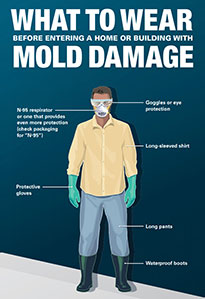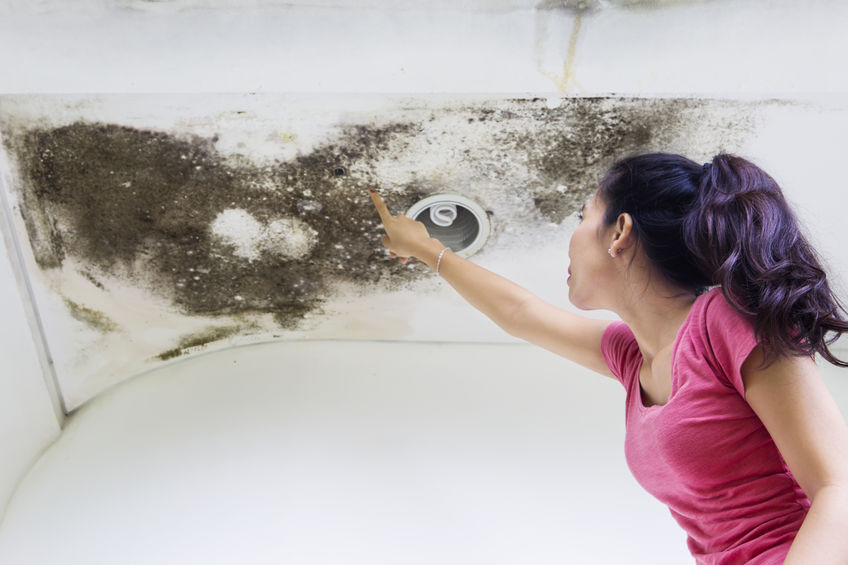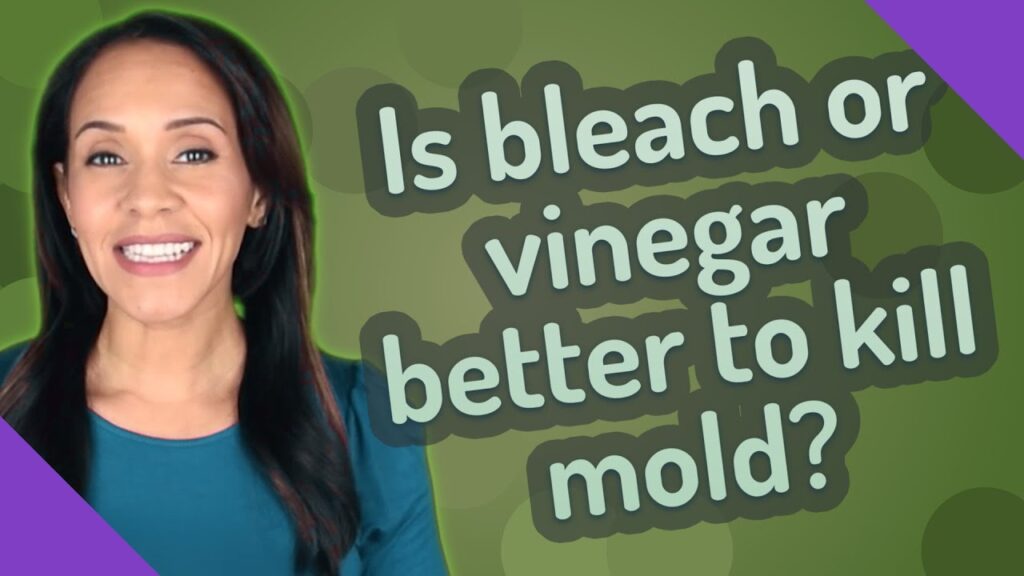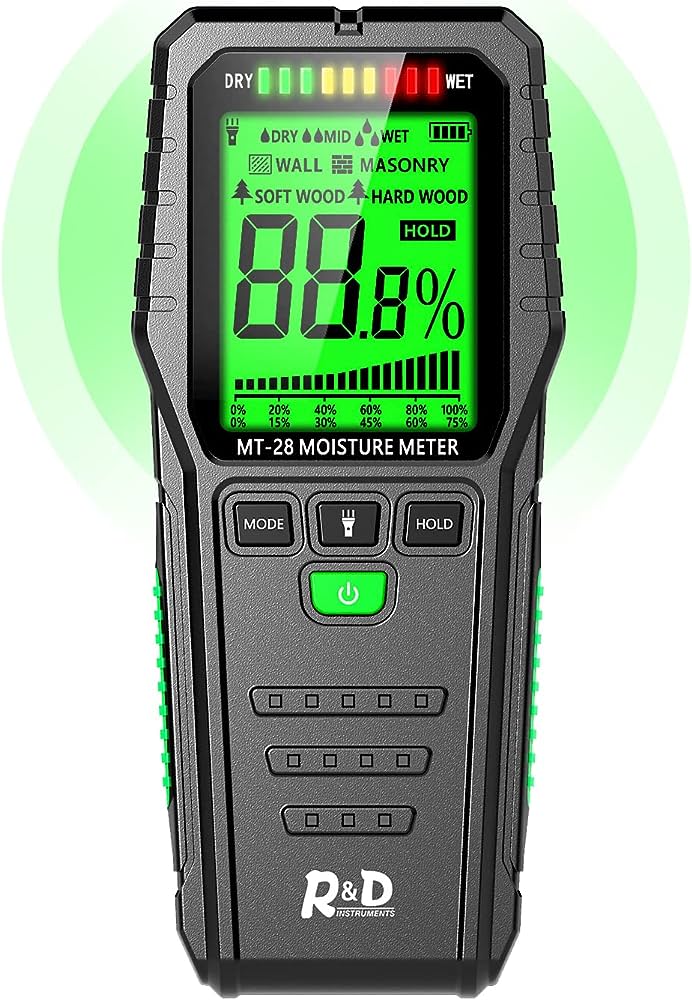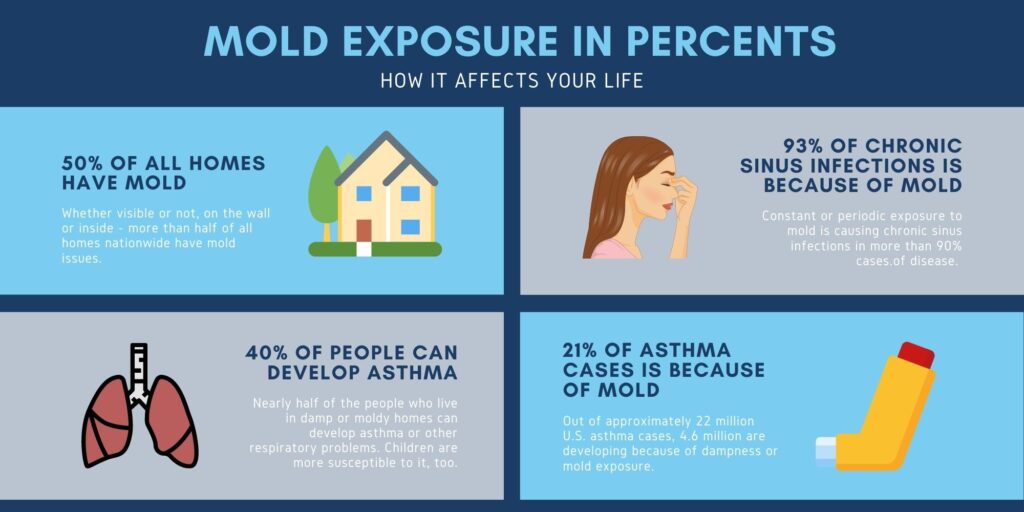You may have heard horror stories about black mold and the dangers it poses to your health, but did you know that not all black mold is harmful? In fact, there is a type of black mold that is completely harmless and may even go unnoticed in your home. But how can you tell the difference between the harmless one and its toxic counterpart? In this article, we will explore what harmless black mold looks like and how to ensure your home remains a safe and healthy environment.
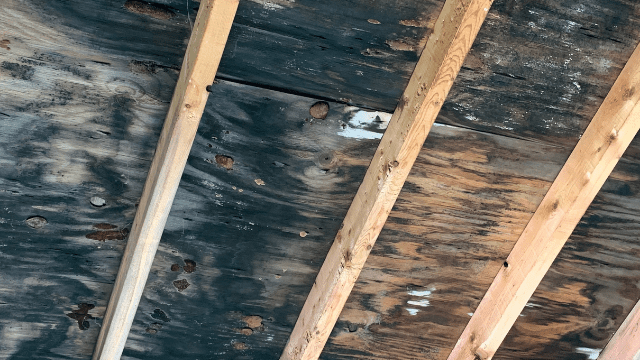

What is black mold?
Black mold, also known as Stachybotrys chartarum, is a type of fungus that can be found both indoors and outdoors. It thrives in warm and humid environments, and its growth is often spurred by excessive moisture. Black mold can produce toxins called mycotoxins, which can pose health risks to humans and pets. It is important to distinguish between harmless black mold and toxic black mold, as the latter can be more dangerous.
Definition of black mold
Black mold refers to any type of mold that appears black or dark green in color. While many types of mold can appear black, Stachybotrys chartarum is the most commonly recognized black mold. This particular mold species is often associated with water damage and it thrives in areas with high humidity levels. It is important to note that not all black mold is toxic, and harmless black mold can exist in various environments without causing significant health risks.
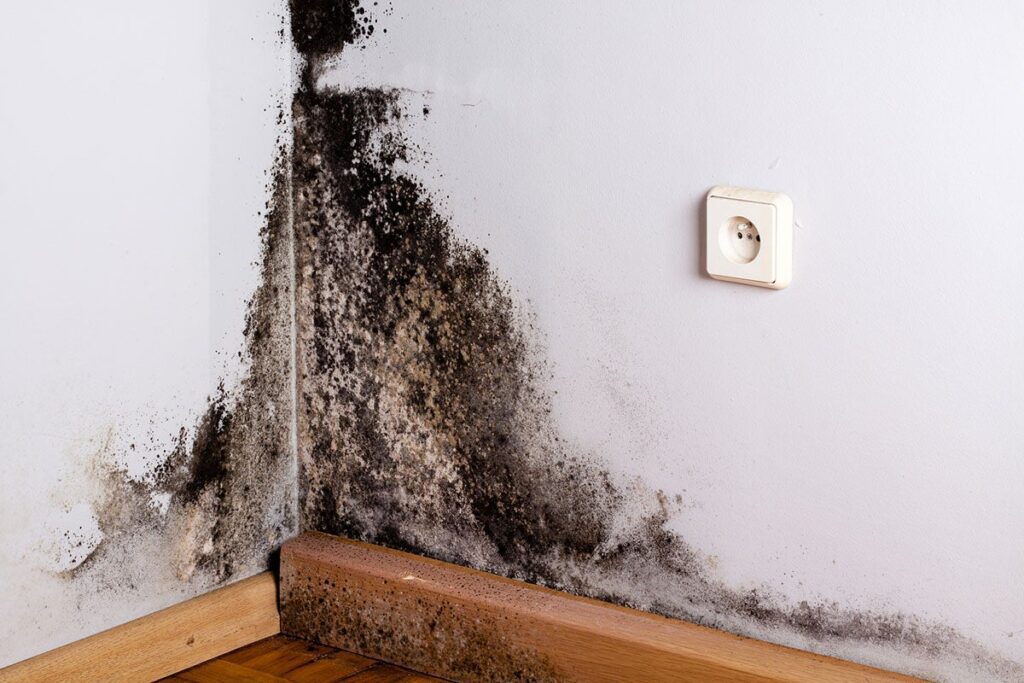

Common types of black mold
Aside from Stachybotrys chartarum, there are several other types of black mold that can be commonly found. Alternaria, Aspergillus, Cladosporium, and Penicillium are among the most prevalent black mold species. These molds can grow in damp and humid areas such as bathrooms, basements, and kitchens. While they are usually harmless to humans, they can still cause allergic reactions in sensitive individuals.
Potential health risks of black mold
Black mold, especially toxic black mold, can cause a range of health issues when exposed to humans. Prolonged exposure to toxic black mold can lead to respiratory problems, such as difficulty breathing, coughing, and wheezing. It can also trigger allergies, sinusitis, and skin irritation. People with compromised immune systems, such as those with asthma or underlying lung conditions, may be more susceptible to the negative health effects of black mold exposure.


Identifying harmless black mold
It is crucial to be able to differentiate between harmless black mold and toxic black mold, as the latter poses a greater risk to human health. There are certain characteristics that can indicate that a black mold is harmless and not of serious concern.
Characteristics of harmless black mold
Harmless black mold, such as Cladosporium or Alternaria, typically appears as a black or dark green growth on surfaces. It may have a slightly fuzzy or powdery texture, but it is generally less slimy compared to toxic black mold. Harmless black mold usually does not produce a strong odor, and its growth pattern is relatively slow compared to more harmful molds.
Common locations of harmless black mold
Harmless black mold can be found in various areas within a home or building. It often thrives in damp environments, such as bathrooms, kitchens, basements, and crawl spaces. It may also develop on decaying organic materials, such as wood or plants. While it is less likely to be found on non-porous surfaces, such as metal or glass, it can still grow on these materials if moisture is present.
Distinctive features of harmless black mold
One key feature of harmless black mold is its lack of distinct smells. Unlike toxic black mold, which often emits a musty and unpleasant odor, harmless black mold usually does not produce any noticeable scent. Additionally, harmless black mold tends to have a slower growth rate and may not spread as aggressively compared to more dangerous molds.
How to differentiate harmless black mold from toxic black mold
While various types of black mold can be categorized as harmless, it is important to consider the overall environment and any potential health symptoms when identifying mold. If you are uncertain about the type of mold present in your home, it is best to seek professional assistance for proper testing and mold remediation. They can assess the situation and provide recommendations on how to safely address the mold issue.
Color and appearance
The color and appearance of black mold can provide valuable insights into the type of mold present and its potential health risks.
Deep black coloration
Harmless black mold typically appears as a deep and dark black or dark green color. The color intensity may vary depending on the specific mold species and the environmental conditions in which it grows. However, it is important to note that not all black molds are harmless.
Velvety or powdery texture
The texture of harmless black mold can range from velvety to powdery. It may feel soft when touched and can easily be disturbed or dispersed into the air if agitated. The powdery texture is often associated with certain types of mold, such as Cladosporium, while some other harmless black molds may have a slightly fuzzier texture.
Mold growth pattern
Harmless black mold typically forms in patches or clusters on surfaces. It may appear as small spots or specks initially, gradually expanding and merging together to form larger areas of growth. The growth pattern of harmless black mold is generally slower compared to toxic black mold, which can rapidly spread and cover larger surfaces. It is important to regularly inspect and address any signs of mold growth to prevent further proliferation.
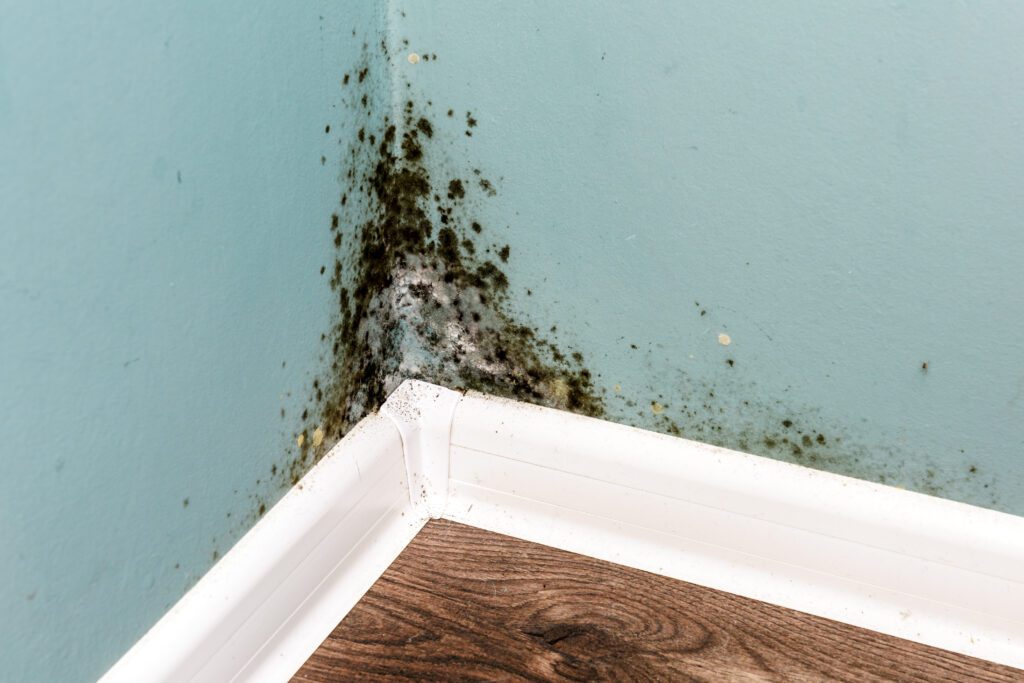

Shape and size
The shape and size of black mold can vary depending on the specific species and growth conditions. Harmless black mold often exhibits certain characteristics that can help differentiate it from more harmful molds.
Irregular and fuzzy shapes
Harmless black mold tends to have irregular shapes, with edges that may appear jagged or uneven. The fuzzy texture is also a common feature of harmless black mold, giving it a softer and less slimy appearance compared to toxic black mold. The irregular and fuzzy shapes of harmless black mold can often be observed when inspecting growth on surfaces.
Size variations
Harmless black mold colonies can vary in size, with some appearing as small specks or spots and others covering larger areas. The size of the mold colonies can depend on factors such as the length of exposure to moisture, the availability of organic substrates, and the specific mold species. Regularly monitoring the size of mold growth can help detect any changes or potential issues.
Smell
The presence or absence of specific smells can help differentiate between harmless black mold and toxic black mold.
Lack of musty or strong odor
Harmless black mold typically does not produce a strong musty odor. While certain molds, including harmless black molds, may have some odor associated with them, it is generally not overpowering or unpleasant. The absence of a distinctive strong odor can be a good indicator that the black mold present is likely harmless.
Absence of distinctive smells
Unlike toxic black mold, which can emit strong and unpleasant odors, harmless black mold usually does not have any distinctive smells. If you notice a strong and unpleasant odor, especially in combination with visual signs of mold growth, it is important to take appropriate measures to address the issue and ensure your safety.
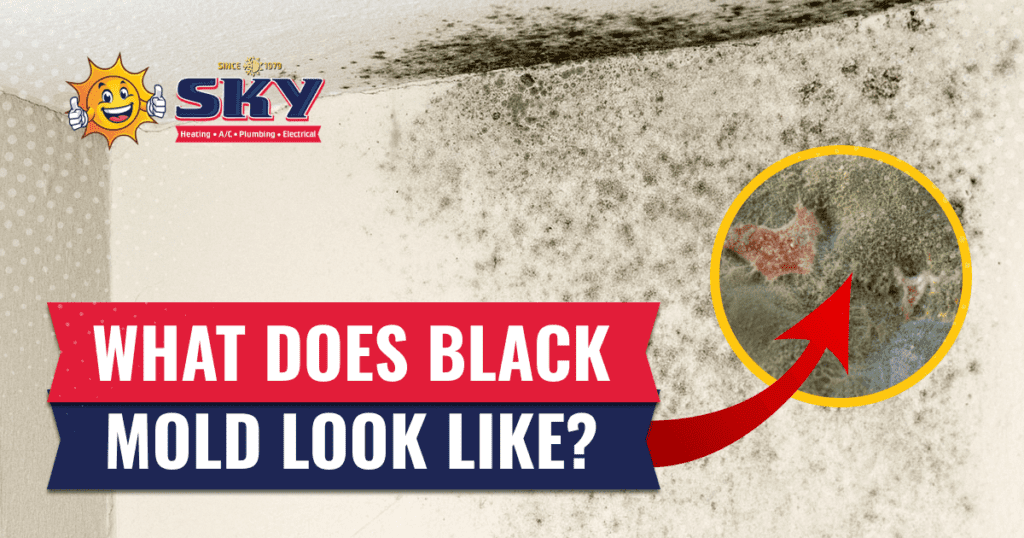

Location
Understanding where harmless black mold is commonly found can help in identifying and addressing any potential mold issues in your home.
Common areas where harmless black mold is found
Harmless black mold is often found in areas of the home that are prone to moisture and humidity. Bathrooms and kitchens, especially around sinks, showers, and faucets, are common sites for harmless black mold growth. Basements, crawl spaces, and areas with poor ventilation are also susceptible to mold growth. Harmless black mold can develop on various surfaces, including drywall, wood, fabrics, and organic materials.
Preferred environments for harmless black mold growth
Harmless black mold thrives in environments with high levels of moisture and humidity. Condensation, leaks, or inadequate ventilation can contribute to the growth of mold colonies. Areas where water damage has occurred, such as after a flood or plumbing issue, are particularly susceptible to mold growth. Proper moisture control and regular maintenance can help prevent mold growth in these environments.
Effects on health
While harmless black mold is not considered toxic, it can still cause health issues, particularly for individuals with mold allergies or sensitivities.
Why harmless black mold is considered non-toxic
Harmless black mold is generally considered non-toxic because it does not produce mycotoxins at levels that are harmful to humans. Unlike toxic black mold, which contains mycotoxins that can cause severe health effects, harmless black mold poses a lower risk of toxicity. However, it is important to note that individuals with mold allergies or sensitivities may still experience allergic reactions when exposed to harmless black mold.
Possible allergic reactions to harmless black mold
Individuals with mold allergies or sensitivities may experience allergic reactions when exposed to harmless black mold. Symptoms can include nasal congestion, sneezing, coughing, eye irritation, and skin rashes. While these reactions are typically mild and temporary, it is important to minimize exposure to mold and seek medical advice if symptoms persist or worsen.
Precautions to take even with harmless black mold
Even though harmless black mold is generally considered less harmful than toxic black mold, it is still important to take precautions to minimize exposure. It is advisable to wear gloves, goggles, and a mask when cleaning or handling mold to prevent any potential respiratory or skin irritation. It is also essential to address any underlying moisture issues to prevent future mold growth and maintain a healthy indoor environment.
Prevention and control
Taking proactive measures to prevent and control the growth of black mold can help ensure a safe and healthy living environment.
Keeping indoor humidity levels low
Maintaining low humidity levels indoors is crucial in preventing mold growth. Use dehumidifiers in areas with high humidity, such as basements or bathrooms, to reduce moisture in the air. Keep indoor humidity levels below 50% to inhibit the growth of mold. Proper ventilation, such as using exhaust fans in bathrooms and kitchens, can also help remove excess moisture.
Proper ventilation in damp areas
Areas prone to moisture, such as bathrooms and kitchens, should be properly ventilated to reduce the chances of mold growth. Open windows or use exhaust fans when showering or cooking to allow moisture to dissipate. Ensure that ventilation systems are functioning effectively and that air is properly circulating throughout your home.
Regular inspection and maintenance
Regularly inspect areas of your home that are prone to moisture, such as basements, crawl spaces, and bathrooms, for any signs of water damage or mold growth. Promptly address any leaks, plumbing issues, or areas of condensation. Regular maintenance and repairs can help prevent and mitigate the conditions that promote mold growth.
Effective cleaning methods for harmless black mold
If you spot harmless black mold growth in your home, it is essential to address it promptly and properly. Wear protective gear, such as gloves, goggles, and a mask, to minimize exposure. Use a mild detergent or a mixture of water and bleach to clean the affected area. Thoroughly dry the area after cleaning to prevent the mold from returning. In cases of larger or persistent mold growth, it is advisable to seek professional assistance for mold remediation.
When to seek professional help
While harmless black mold may not require immediate professional intervention, there are situations where it is prudent to seek professional assistance.
Indications that warrant professional assistance
If you are experiencing significant or persistent health issues that you suspect may be related to mold exposure, it is advisable to consult with a healthcare professional. Additionally, if you are unsure about the nature of the mold in your home or if you have a large area of mold growth, it is best to engage the services of a professional mold inspector or remediator. They can assess the situation, conduct mold testing if necessary, and provide appropriate recommendations for remediation.
Benefits of professional mold testing and remediation
Professional mold testing and remediation can help ensure that mold issues are properly addressed and minimized. Mold professionals have the expertise and equipment to accurately identify the type and extent of mold present in your home. They can provide thorough remediation services, including mold removal, cleaning, and prevention measures. Engaging professionals can give you peace of mind knowing that the mold issue is being handled safely and effectively.
Conclusion
Understanding the characteristics of harmless black mold is essential for homeowners to identify and differentiate it from more harmful molds. Harmless black mold typically appears as a dark black or dark green growth, with a velvety or powdery texture. It does not produce a strong smell and often grows at a slower pace compared to toxic black mold. While harmless black mold is considered non-toxic, it can still cause allergic reactions in susceptible individuals. Taking proactive prevention measures, such as maintaining low humidity levels and proper ventilation, can help minimize the growth of harmless black mold. Regular inspections and effective cleaning methods can contribute to a healthy and mold-free living environment. However, if you have concerns or are unsure about the presence of mold in your home, seeking professional assistance is advisable to ensure appropriate testing and remediation. By understanding the characteristics of harmless black mold and implementing proactive prevention and control measures, homeowners can maintain a safe and healthy living environment for themselves and their loved ones.


